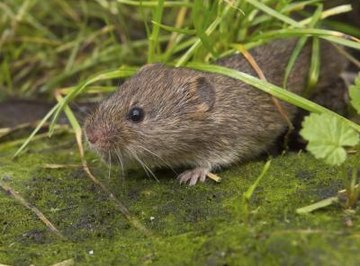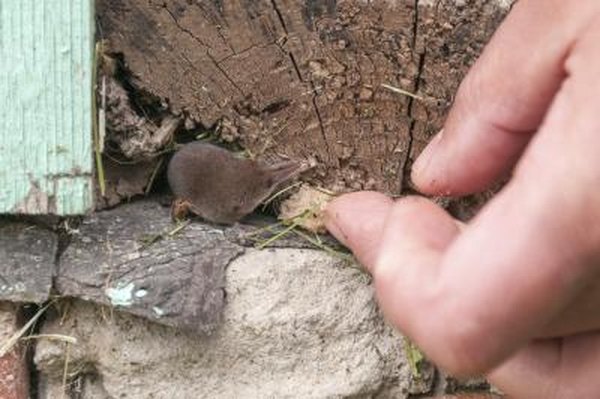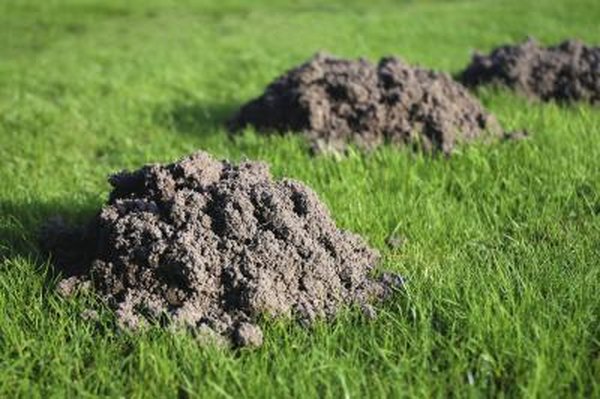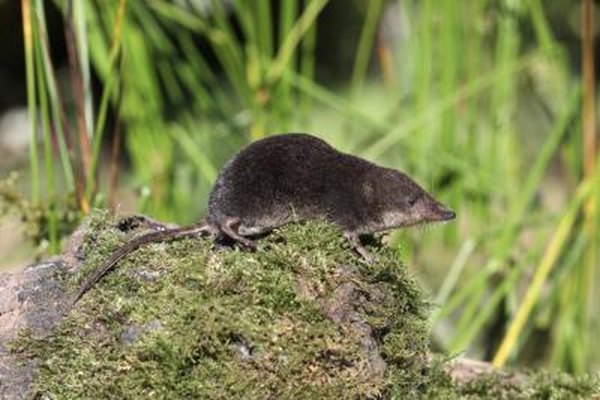
Moles, shrews and voles are all small animals that scurry around the yard and garden, and it's easy to confuse them. However, they are very different critters. Moles and shrews are beneficial animals in the garden, eating insect pests and aerating the soil. On the other hand, voles can damage trees by gnawing their bark, and they can also eat garden veggies like potatoes and carrots. Learning to tell the different between these rodents can help you make informed pest control decisions.
Avoid handling wild shrews, as their bites are venomous. Although not deadly for humans, their bites can still cause considerable discomfort.

See if the animal in question is furry. If not, then it mostly likely isn't a mole, vole or shrew. A few exceptions exist, such as the naked mole rat of East Africa, but you aren't likely to find these unusual species in your garden.

How big is the animal? The world's largest mole is the Russian desman, a mere 8 inches long, while the largest vole reaches just over 9 inches. All species of shrew are considerably smaller.

Observe the animal to see if it digs and lives in a tunnel. If not, then it may be a mouse, squirrel or other woodland mammal. Moles, voles and shrews live primarily underground and rarely, if ever, emerge from their holes.

If its front paws are two to three times thicker than its hind paws, then it is a mole. Generally, moles span 5 to 7 inches from snout to tail.

Like the mole, voles are 5 to 7 inches long. Distinguish mature voles from moles by their front paws, which are roughly the same size as their hind paws.

If its front and hind paws are roughly the same size and it is only 4 to 5 inches in length, then you have a shrew. Remember, however, that shrews live underground. Otherwise, they may be easily confused for mice.
Warnings
Photo Credits
Rudmer Zwerver/iStock/Getty Images
